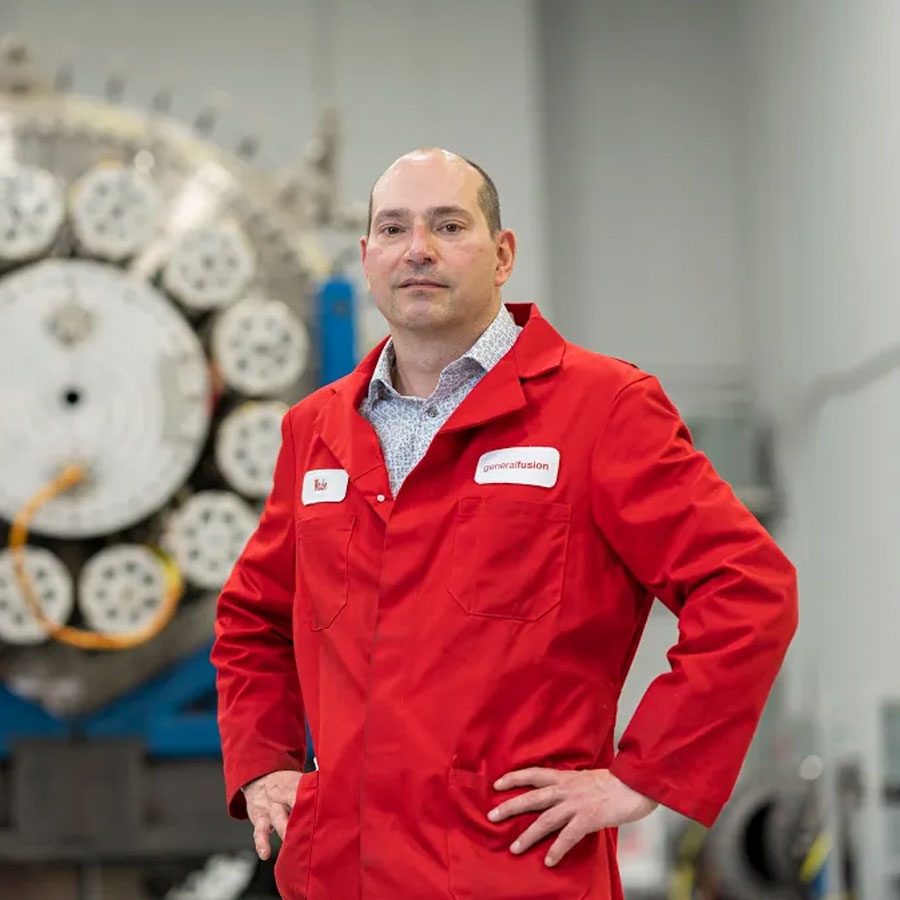The unprecedented extreme weather events in North America and Europe this summer have prompted many to question whether climate changes are worsening at a faster pace than before. Severe weather conditions preview manifestations of climate change and highlight the detrimental impacts on communities.1
Greenhouse gas emissions are a primary driver of climate change. Globally, almost 80 per cent of greenhouse gas emissions come from human sources, such as burning fossil fuels and industrial processes.2 When fossil fuels are burned for electricity and heat, the greenhouse gases released trap heat in the atmosphere and raise the planet’s temperature.
Fossil fuels are the largest sources of electricity production, making electricity a key contributor to greenhouse gas emissions worldwide.3 To achieve rapid reductions in greenhouse gases, countries must drive down emissions produced per unit of electricity. How? By adopting low-carbon energy sources such as fusion energy.
Achieving net-zero emissions
Net-zero means eliminating greenhouse gas emissions by reducing production or offsetting them through carbon capture technologies before they are released into the air.4 Fusion energy is a clean and reliable energy source that meets net-zero goals. It will transform the world’s energy systems, thus addressing the global climate emergency. Fusion energy produces zero greenhouse gas emissions.
According to the International Energy Agency, annual projections show that the global energy demand will continue to increase. Its 2020 report projects that demand for fossil fuels will go up by 2040 – oil by 7 per cent and natural gas by 29 per cent.5
Fusion will power decarbonization
Fusion energy is an attractive solution to balancing a clean energy portfolio with the growing dependence on electrification. In addition, fusion energy has a lower carbon footprint than other energy sources because it is energy-dense. Energy density relates to the amount of energy stored in a given mass of a substance.6 The higher the energy density of a substance, the greater the amount of energy stored in its mass.
In April 2020, a National Academies’ report – Bringing Fusion to the U.S. Grid – emphasized the strong impetus to advance fusion development so the technology can help battle climate change by contributing to the decarbonization of the electrical energy mix. As the demand for clean energy sources grows in the next three decades, there will be a large market for fusion-powered electricity.
Governments are transforming their energy systems to achieve aggressive timelines for net-zero carbon emissions. Policymakers are supporting the advancement of fusion by shifting their approach from research and development to program recommendations. Working together, stakeholders will deliver fusion plants that can replace tonnes of fossil fuels, their associated greenhouse gas emissions and extend the environmental benefits other renewable sources can deliver in the face of climate change.
References
1Summer of extremes: floods, heat and fire. (2021, July 16). Retrieved from World Meteorological Organization : https://public.wmo.int/en/media/news/summer-of-extremes-floods-heat-and-fire
2Greenhouse gas emissions: drivers and impacts. (2021). Retrieved from Government of Canada: https://www.canada.ca/en/environment-climate-change/services/environmental-indicators/greenhouse-gas-emissions-drivers-impacts.html
3Ritchie, H., & Roser, M. (2020). Electricity Mix. Retrieved from Our World in Data: https://ourworldindata.org/electricity-mix
4Net-Zero Emissions by 2050. (2021, April 29). Retrieved from Government of Canada: https://www.canada.ca/en/services/environment/weather/climatechange/climate-plan/net-zero-emissions-2050.html
5World Energy Needs. (2020). Retrieved from CAPP: https://www.capp.ca/energy/world-energy-needs/
6Energy Density. (2018, June 25). Retrieved from Energy Education: https://energyeducation.ca/encyclopedia/Energy_density

